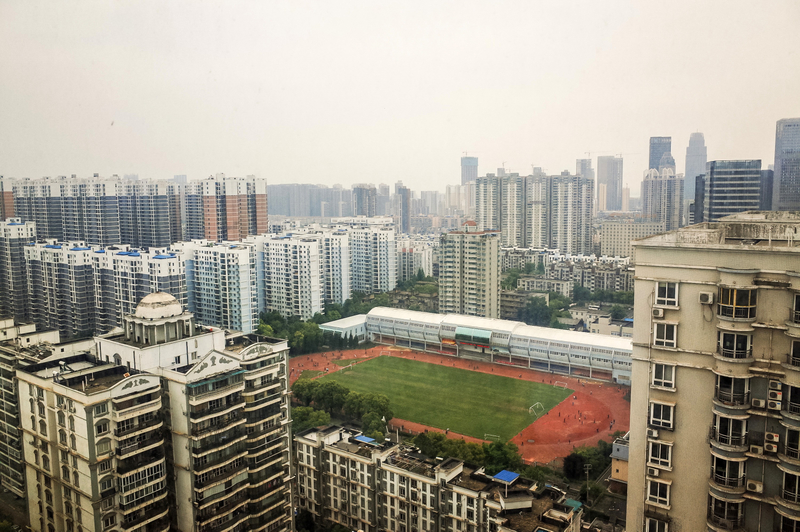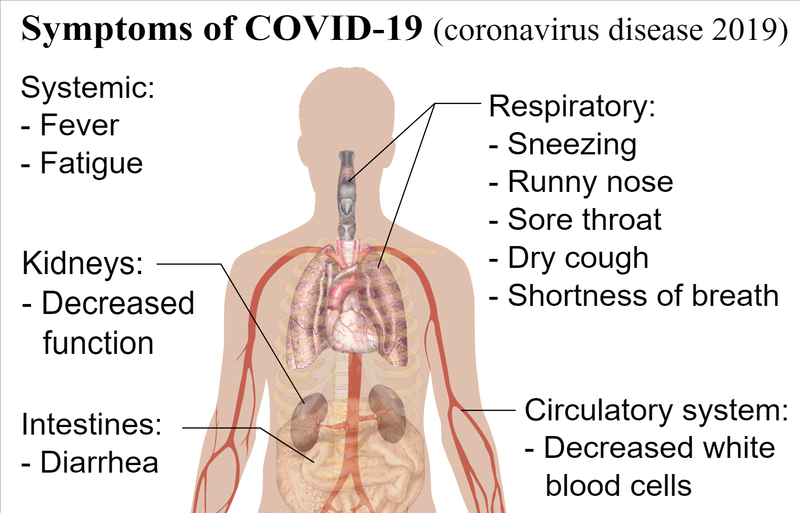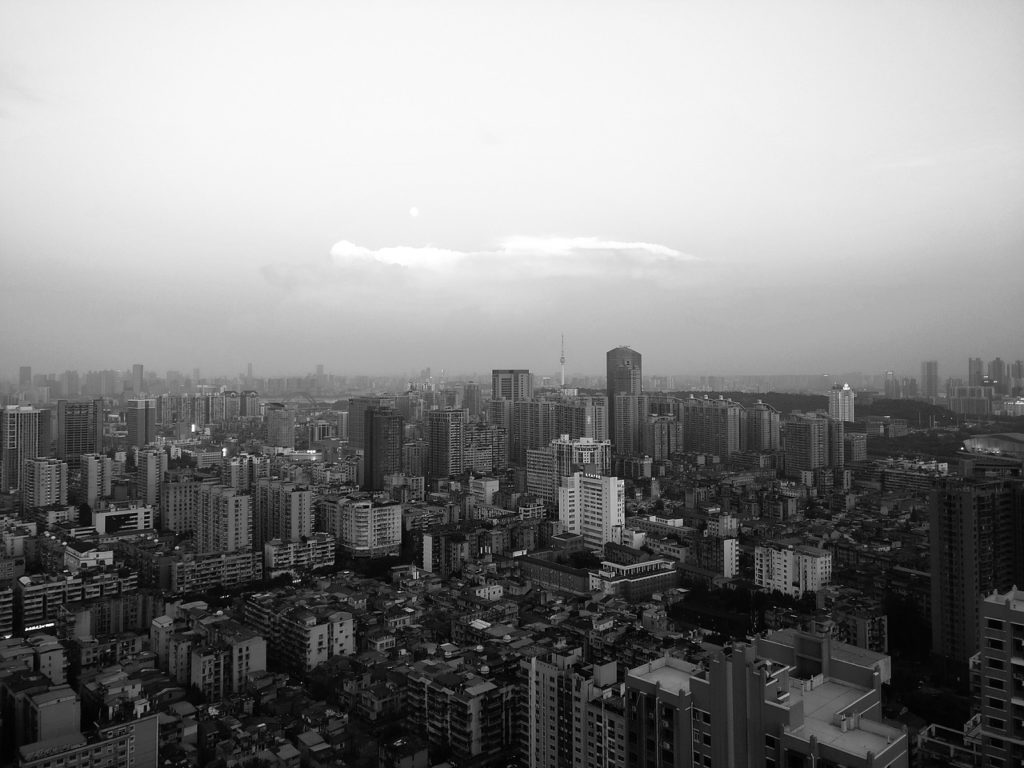There’s good news and bad news, experts from the World Health Organization are saying. The good news is that China’s draconic prevention measures seemed to have worked, and the virus is loosening its grip on the country.
The bad news is that it’s expanding into the rest of the world — and has a high case fatality rate.

The good
Dr. Bruce Aylward is a man on a mission. The Canadian is the head of the WHO-China joint mission on COVID-19, overseeing efforts to contain the virus and communicating results from China with the rest of the world.
At a press conference held in Geneva, Aylward presented his team’s conclusions on China’s containment efforts. Long story short: they worked.
The “ambitious” and “agile” measures prevented hundreds of thousands of infections and saved thousands of lives, potentially preventing the emergence of a truly global pandemic. China’s approach incorporated innovative technology (such as monitoring apps, drones, and temperature sensors), but was rooted in well-proven techniques. The scale at which they deployed preventive measures, however, was unprecedented.
“This approach of all-of-government and all-of-society is very old-fashioned and has averted and probably prevented at least tens of thousands even hundreds of thousands, of cases,” he said. “It is extraordinary.”
“In 30 years of doing this business, I’ve not seen this before, nor was I sure it would work,” he said.
The reason why Aylward and other experts were not sure it would work is that they feared China would exhaust its response capabilities and resources. But China deployed its most active and stringent measures in Wuhan and its province Hubei and tailored other types of responses for other areas. This pragmatic approach allowed an efficient funneling for resources of all types.
Medical teams were dispatched from area to area, working round-the-clock shifts in incredibly taxing conditions. Many have become sick themselves, and yet many others continue to volunteer for the task. China has built new hospitals and makeshift sick bays with astonishing speed. Around existing hospitals, walls have been erected around coronavirus bays with remarkable efficiency, keeping COVID-19 patients in isolation.
Data technology also played an important role in containing the outbreak.
“Remember, you don’t have to find every single one ’cause you never will,” he added. “You want to find enough to break the big chains of transmission, slow this thing down, and get a grip on it.”
The bad
A big part of the reason why the coronavirus was so feared is that it seemed to be fatal in a large number of cases.
COVID-19 is essentially a superflu. The flu itself remains a major health challenge, with regular seasonal outbreaks killing tens of thousands of people every year in the US alone. Although there is a vaccine for the flu and it is fairly common in some countries, outbreaks are still dangerous. But if we compare the fatality rate of the flu with that of COVID-19, it’s easy to see why the latter strikes so much fear.

According to the CDC, flu in the US kills around 2 people for every 100,000 infections. The rate is higher in other countries, but it’s still far less than the 2 fatalities reported for every 100 coronavirus infections.
There was a hope that many cases in China are undiscovered because they are very mild. This would have the downside of higher transmissibility, but would also bring the overall fatality rate down quite a lot. According to Aylward, though, that’s not the case. Although it’s still an ongoing situation, the data doesn’t support the idea that of a vast number of mild cases going undetected.
“So I know everybody’s been out there saying, ‘Whoa, this thing is spreading everywhere and we just can’t see it, tip of the iceberg.’ But the data that we do have don’t support that,” Aylward said.
Across China, 80% of the cases are mild, and 14% are severe. The rest 6% become critically ill — a life-threatening situation. In Hubei, the case fatality rate is between 2% and 4%, whereas for the other parts of China, it is around 0.7%.
That’s huge for this type of disease, being comparable to the rate for the infamous 1918 Spanish Flu. The mere threat of having another Spanish Flu on our hands (in a much more populous and connected world nonetheless) is sobering.
It’s not clear how this rate would be different for other parts of the world (thankfully, there aren’t enough cases outside of China to draw definite conclusions at this point), but we should probably expect a case fatality rate of 1-2% around potential outbreak hotspots.
In Italy, where the outbreak seems to be getting another foothold, the case fatality rate also seems to be very high, although it’s still too early to draw any conclusions yet.
… and the ugly
Trains passing through Wuhan often roll just by, without even stopping. The city has been essentially cut off.
“It’s a ghost town,” Aylward said of Wuhan. “But behind every window and every skyscraper, there are people cooperating with this response.”

Quarantining a city such as Wuhan, more populous than London or Paris, was something that many didn’t even believe possible. Many health and legal experts believe that it was unethical and inhuman, and would even be illegal in many parts of the world.
The livelihoods of the people in Hubei and other infected provinces in China have fallen into the background — a matter of secondary importance, overshadowed by such a dangerous outbreak.
“To the people of Wuhan, it is recognized that the world is in your debt. When this disease finishes, hopefully we will have a chance to thank the people of Wuhan for the role they have played,” Aylward added.
Public health measures — especially in this type of situation — are often stringent. The basic philosophy is putting the benefit of many above the benefit of few — and for better or for worse, that’s exactly the type of thing that China is good at.
It is unclear if another country, even a developed one, can (and would be willing to) implement such measures. The world is simply not ready for this — it’s what Aylward and other WHO specialists have been saying for a while now.


